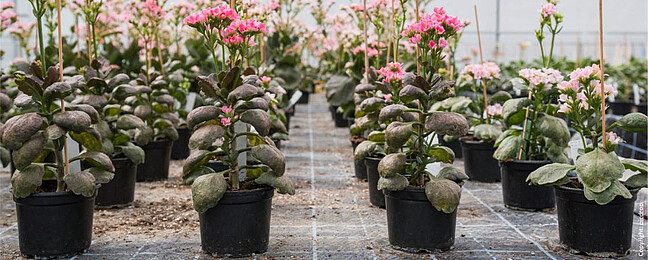The Nagoya Protocol determines binding rules on accessing genetic resources as well as associated traditional knowledge and defines rules to ensure fair and equitable sharing of benefits arising from their utilisation. It implements the access and benefit-sharing obligations of the Convention on Biological Diversity (CBD) and took effect in Germany on 12.10.2014.

FAQ on implementing the Nagoya Protocol at LUH
- What is the purpose of the Nagoya Protocol?
- Does the Nagoya Protocol apply to my research?
- How are the provisions of the Nagoya Protocol formally implemented in Germany?
- Where do the provisions of the protocol apply specifically?
- The Nagoya Protocol probably applies to my research - how do I proceed?
- Who at LUH is responsible for ensuring compliance with the provisions of the Nagoya Protocol?
- Why is it important to comply with the rules of the Nagoya Protocol?
- Who do I contact in case of any queries?
- Do I need to observe the Nagoya Protocol if I am solely responsible for writing, editing, data curation or similar tasks within the scope of a publication?
- I was unable to reach the contact person in the provider country listed in the ABS portal and therefore have not obtained a certificate. How can I proceed?
- Do I need to fill in a separate official form for each genetic resource or is it sufficient to document this?
- What do I need to consider if the origin of the resource is no longer traceable at a certain point?
- What do I need to consider if a genetic resource was isolated in a Nagoya-relevant country of origin but is also available in other countries, such as Germany?
- Are there any fees for obtaining an ABS permit?
- Do I need to provide evidence that ABS legislation does not apply to my research?









